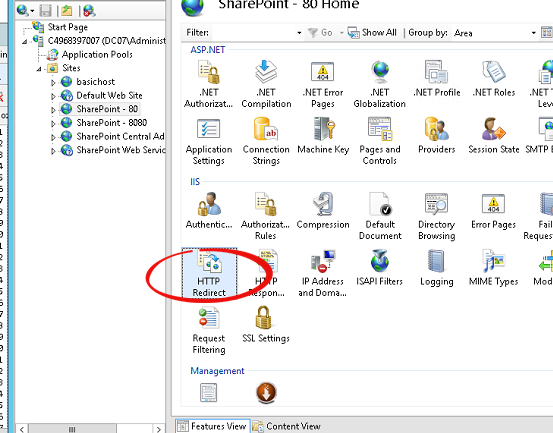The normal configuration for your scenario is to rely on the alternate access mappings (AAM). I'm not sure what setup your are using for your web application, but the best practice approch would be:
- Create new web applciation with SSL
- Add internal URL for this web app in the AAM configuration
Using this configuration will automatically redirect from HTTP to HTTPS.
You have to watch out for some pifalls around the IIS bindings, but this is doable.
If you created the web application with the HTTP url (http://customsite.com) and then extended the web app for using SSL on the new zone (what is also a best practice) you could unextend the SSL web app and reconfigure the AAM and IIS bindings manually.
- Unextend SSL site (so the URL is no longer visible on the AAM config page)
- Change the URL of the default zone to the SSL version
- Add the HTTP version as an internal url pointing to the default zone
- Configure IIS bindings manually to add HTTP and HTTPS bidnings with the matching certificate
For further readings about AAM check the technet documentaion for SharePoint 2007 as this topic didn't change in 2010 and i don't find the url for 2010 at the moment:
http://technet.microsoft.com/en-us/library/cc287923(v=office.12).aspx
As far as is understand your AAM configuration you could to the folowing:
- Your initial url while creating the web app has some servername and random port (1000)
- You extended the site inside of SharePoint CA lets say on the intranet zone (zone 2)
- Do the follwoing
- Edit public URLs for the web app
- Switch public URLs for both zone so the default zone holds the HTTPS url and the intranet zone now holds the server name + port url
- Add an internal url for the HTTP link and point it to the default zone (that holds the HTTPS url)
- Check your IIS settings to the HTTPS website (created while extending the web app) to listen on port 80 (plus host header) and 443 (with certificate)




